Who was the man who became Father Christmas, Santa Claus and why? And why does he have two tombs in dispute?
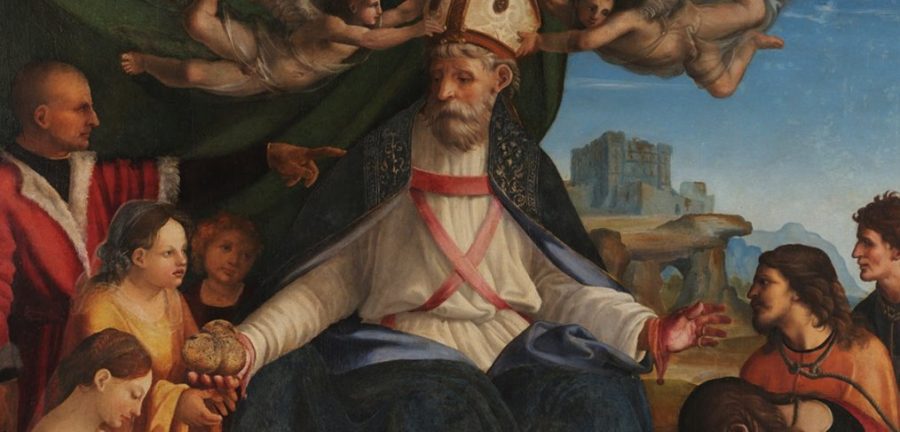

Who was the man who became Father Christmas, Santa Claus and why? And why does he have two tombs in dispute?
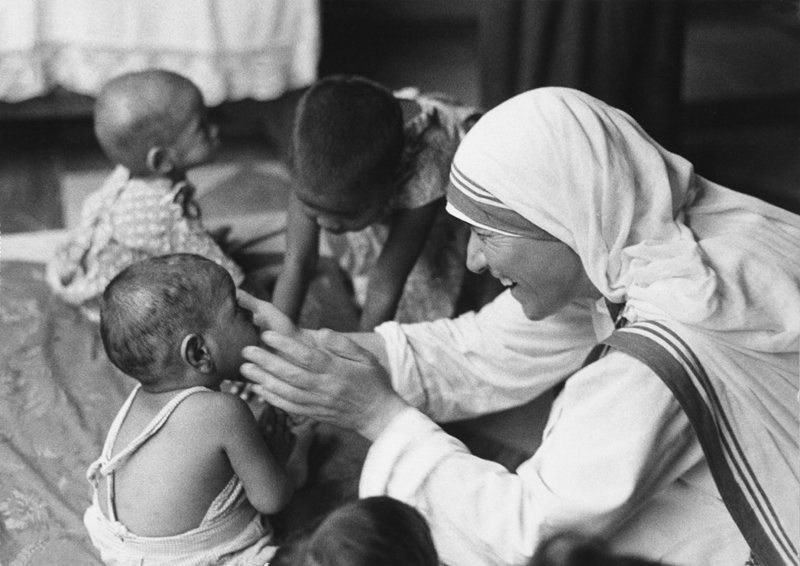
Contemporary Christian spirituality attempts at avoiding two extremes: “spiritualism” (the individualistic and escapist fuga mundi and contemptus mundi) on one hand, and “activism” (human and social promotion disconnected from prayer and contemplation) on the other.

For several decades the emphasis has been on the “Word” and in the parish, the group of the Word is the most prestigious. Even in the Mass, the liturgy of the Word seems to be the most important part, to the point that, often, the Eucharistic liturgy runs away like a question of the clock. It seems that the Sacraments are secondary and many have forgotten them even in practice. Is this the right path, or should we also go back to talking about the sacraments?

Those who see the encounter with the world as one of the means to understand the crisis in the Church would not be wrong. Certainly one cannot understand the Church outside of the context of the world, as it must be right where the message of salvation it bears is most needed. But she must always be vigilant so that, by not conforming to the mentality of the time, she is not a slave to the ways of the world and currents of thought that contradict her saving mission. So, as the healthy tradition teaches, in the world but not of the world.
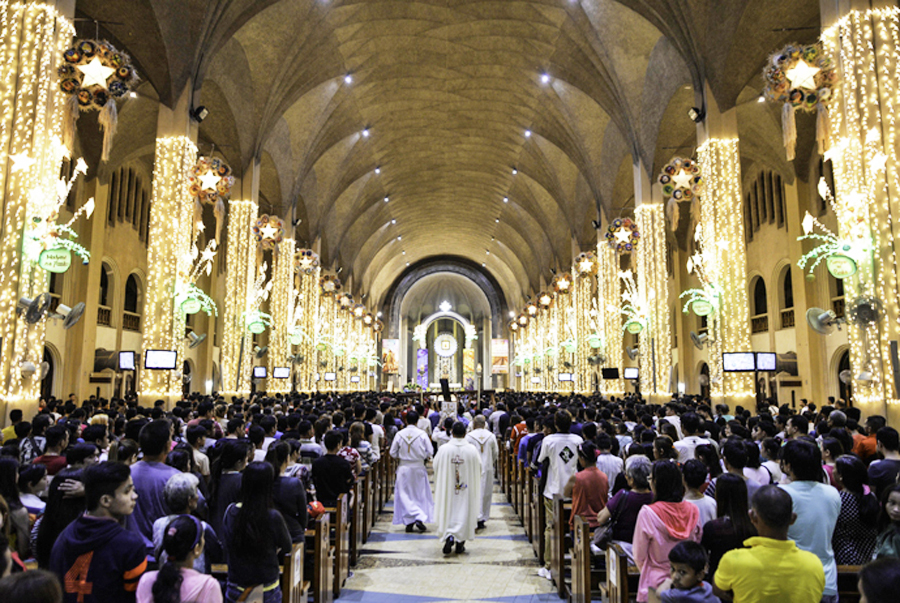
The Simbang Gabi was not actually conceived in the Philippines. It traces its roots to the so-called Rorate Masses in Europe that date back to the 8th century, when there was a custom of celebrating Masses in honor of our Lady in the time of Advent. These Masses were called “Rorate Masses” because the entrance antiphon began with the words “Rorate caeli désuper et nubes pluant justum” (“Drop down dew, ye heavens, from above, and let the clouds rain the just”).

Without any technical knowledge of engineering or architecture, just that acquired by reading art books, Justo Gallego managed to build a unique Cathedral that combines, in its large dimensions, the use in large part of recycled materials. His inspiration is the Romanesque style, which for him is timeless. The final result culminated in an impressive cathedral, almost completed, and built to “give testimony of his great faith,” his surrender and love for God, having said that he had already disconnected from the world for many years. He was always characterized by his humility and always wanted to remain hidden from fame. He worked tirelessly until he was 96 years old, putting stone upon stone, supported by his faith and his great health secret: a lot of fasting and avoiding eating meat.

I still remember the shock I had in my twenties, when (rarely in those years) I went to confession for some heavy burdens on my conscience. I was expecting a pat on the back, but the old priest had only harsh words for me: “You are too wishy-washy. Don’t try to find excuses for your behavior and stop it! Otherwise, it’s useless for you come again to ask God for forgivingness!” I have to admit that the priest’s unconventional rebuke did somehow reorient my life. I knew I had to do some serious soul searching before going to confession again.

Lord, I do long to have my soul purified by You. I do desire holiness of life. Help me to begin this process here and now so that I can begin to experience the joy and freedom You have in store for me. Jesus, I trust in You.
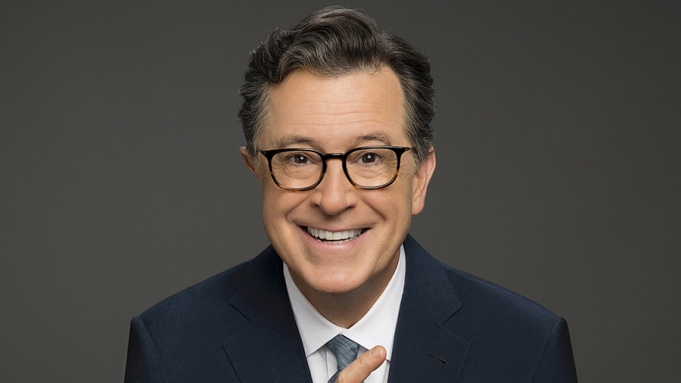
Colvert’s zeal comes from his mother’s upbringing. He was the last of her eleven children. “She taught me to be grateful for my life regardless of what that entailed, and that’s directly related to the image of Christ on the cross and the example of sacrifice that he gave us. What she taught me is that the deliverance God offers you from pain is not no pain — it’s that the pain is actually a gift. What’s the option? God doesn’t really give you another choice.”
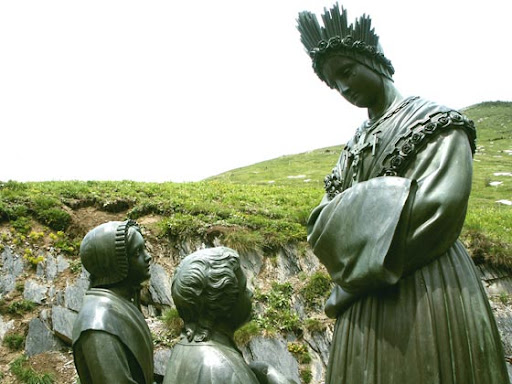
The two shepherds Maximin Giraud and Melanie Calvat were uneducated, illiterate, did not practice much of their Catholic faith or prayed much before the visions. For example, Melanie did not even know the full words of the Our Father.